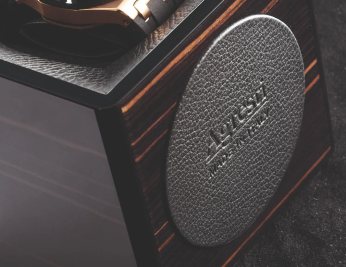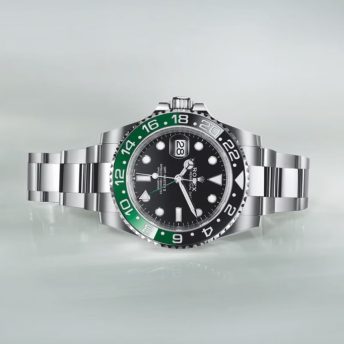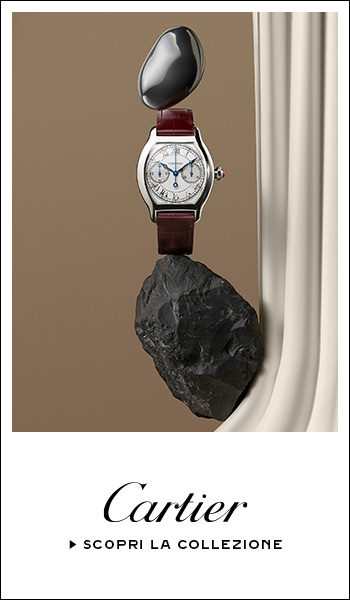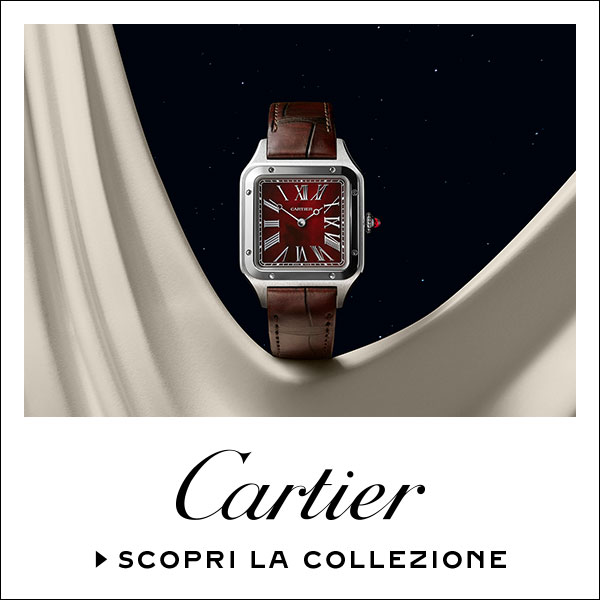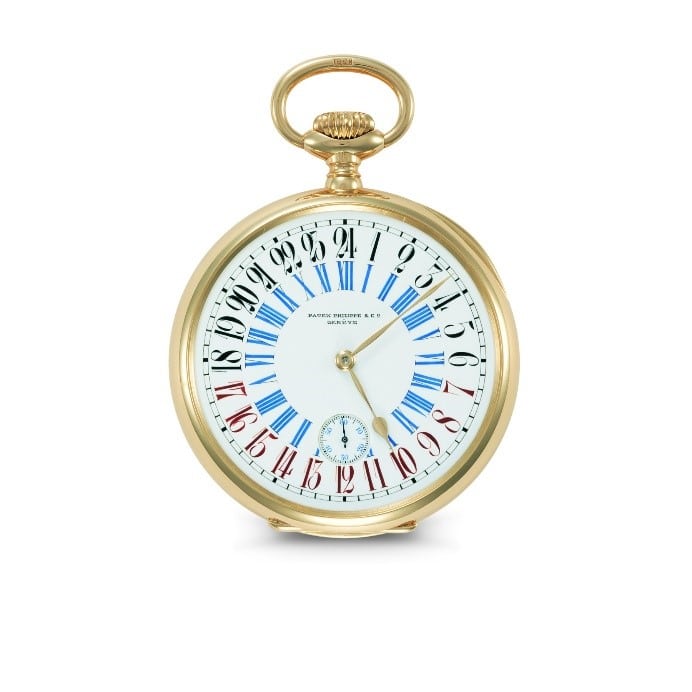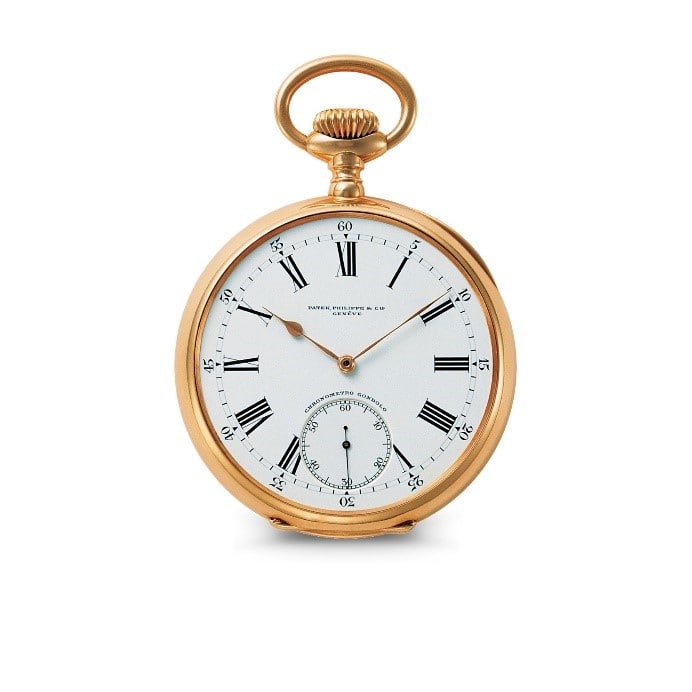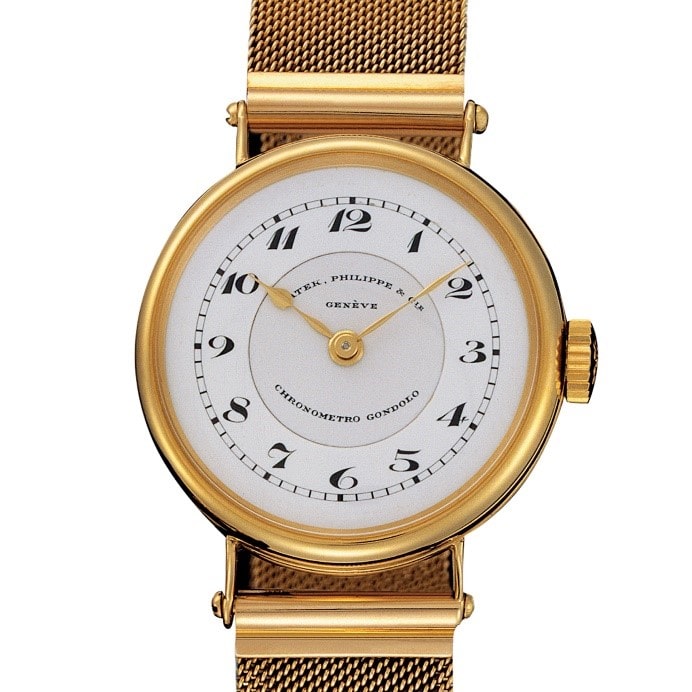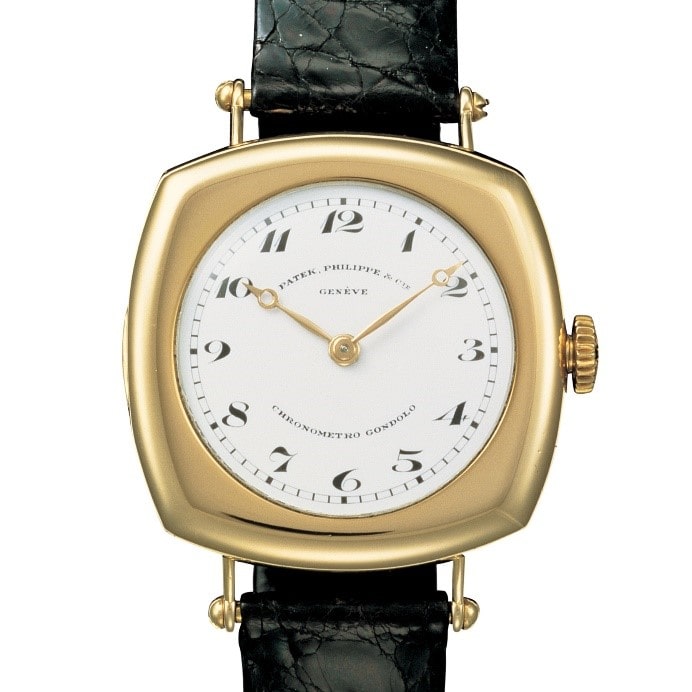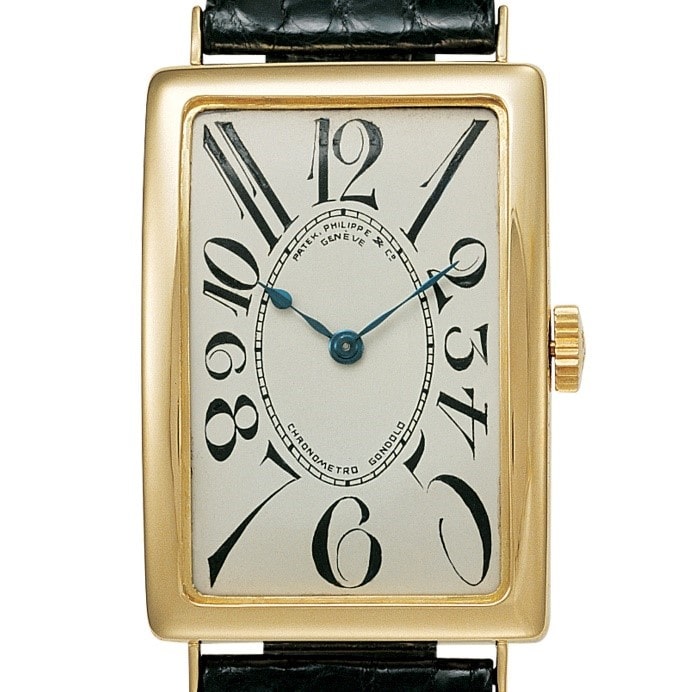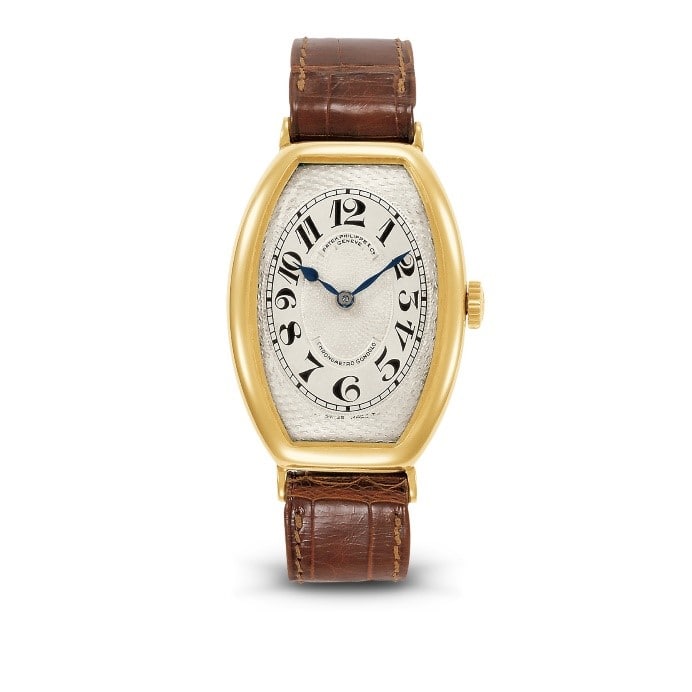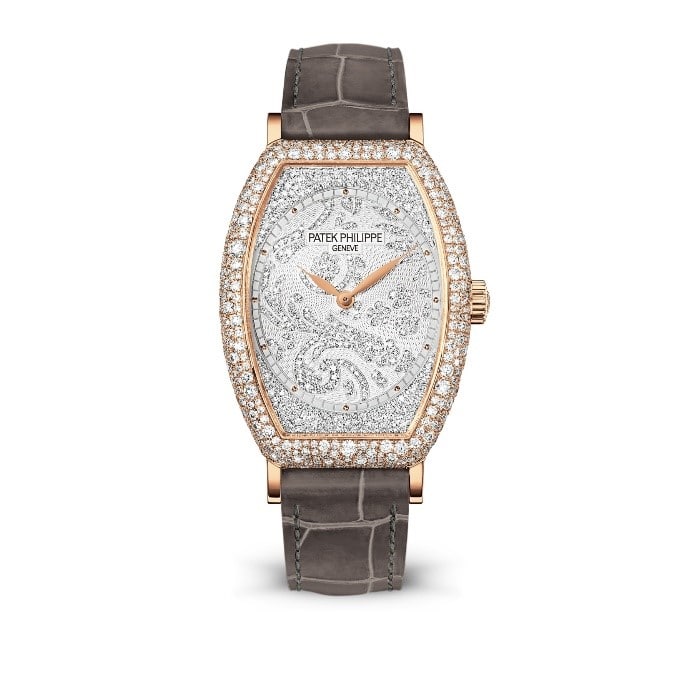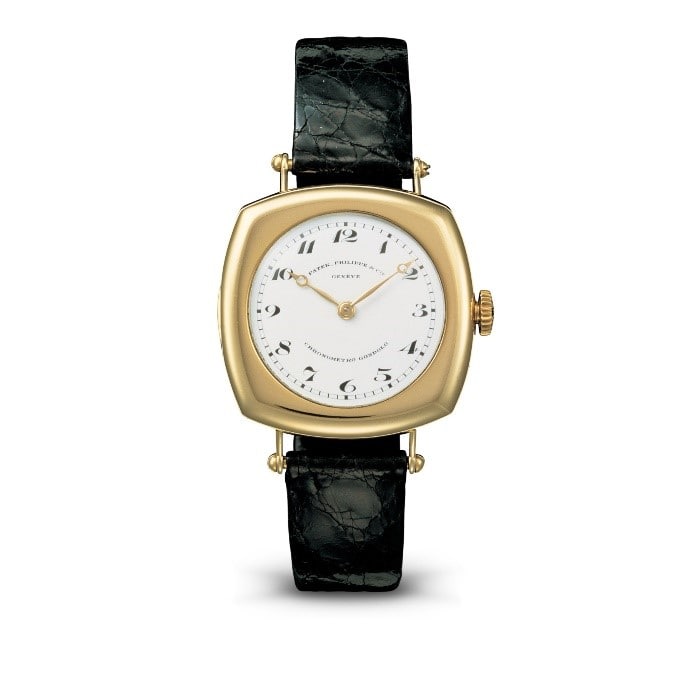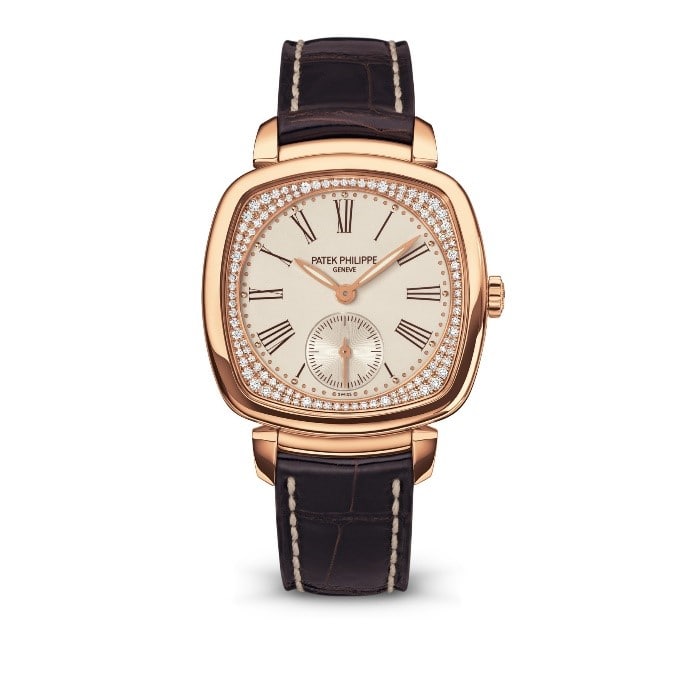Unlike the Korean children who probably preferred the squid game , one of my favorite childhood entertainment besides football, video games and stickers, was the one commonly referred to as “ Find the Nation”
A sort of “tell me what you do and I’ll tell you where you come from” within which you had to associate a particular specialty with its home country. In short, the game worked more or less like this: my dad stiffly proclaimed the specialty, for example “ fish & chips “and my friends and I were playing in the chaos by guessing the nation they belong to.
Easy isn’t it?
While I recognize this is a great way to learn the cultural geography of a country, don’t ask me where the heck this pastime came from, it was probably just my father’s invention to keep ten good Tasmanian devils without using gas like Renato Pozzetto in “ A Poor Rich One ”.
What I do know is that most likely from all this, or something similar, derive the clichés that link us Italian with pizza and mandolin. Having said that guys, I hope you understand the rules because now it’s time to play.
Let’s get started…
What would come to mind if I said samba, carnaval, futebol and Ronaldo “O fenomeno” ?
Well if you are imagining yourself in the heat, on a golden Brazilian beach sipping caipirinha then we are on the right path, you got it right …
What if I said watches, Patek Philippe , Gondolo instead? What comes to your mind? And above all, would you believe it if I told you that you can stay calm on the warm beaches of the village of O Rei ?
It is just so, dear friends of IWS , and today I’m here to tell you about the legendary Gondolo of Patek Philippe and how its history is so strongly linked to one of the most incredible countries in the world, Brazil.
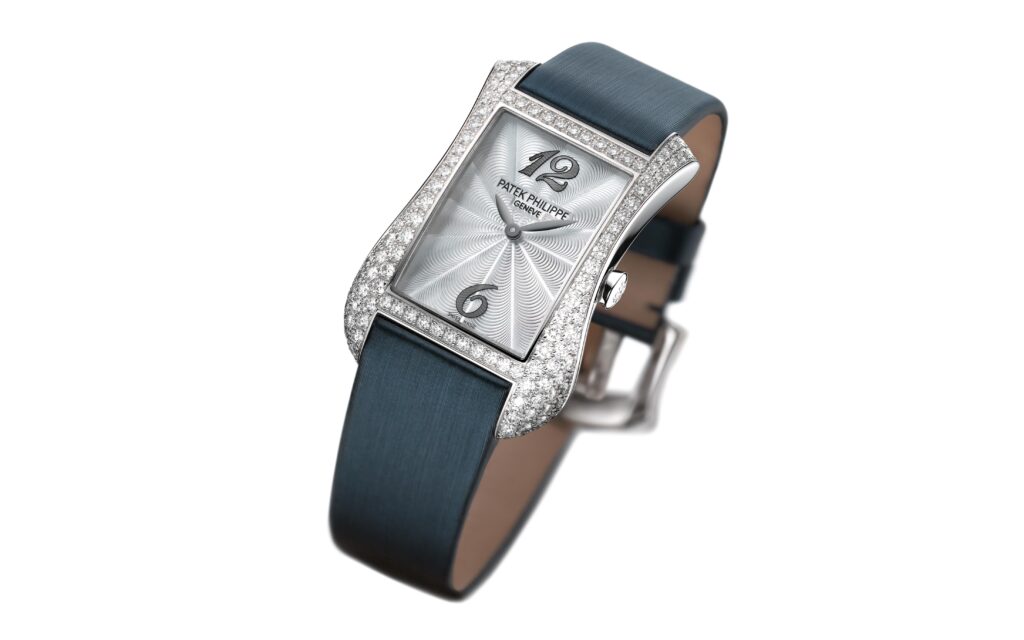
Discovering the Americas
We know all too well that the Swiss watch industry is skilfully capable of identifying emerging markets. The United Arab Emirates, Russia and the Asian market in general are just a few examples that reflect the trend of the last two decades.
But if we wanted to jump 150 years into the past, moving with our DeLorean in the last thirty years of the nineteenth century, which in your opinion were the emerging markets on which to focus?
Well, it is not easy to answer this question dear friends of IWS.
The climate that reigns in Europe and the world in general during those years is characterized by a considerable specific weight deriving substantially from the great process of change underway, which began with the first industrial revolution.
It is a period of great innovations, but seasoned with strong political tensions, the starters of the first great war that can be glimpsed on the horizon.
Commercially speaking, the described framework is certainly not optimal for doing business. If in addition, we add inefficient and limited commercial strategies, certainly not supported by today’s tools, it goes without saying that the general market and in particular that of watches suffer the consequences of chance.
And it is precisely in this climate, my friends, that one of the most daring economic / commercial intuitions of the nineteenth century is realized: investing in emerging markets.
“L’Amerique du sud est et sera un notre objectif! Bien sûr Monsieur Philippe Je suis totalment d’accord avec Vous! À l’Amerique du sud Monsieur Patek! “.
Actually, since there were no Instagram Stories yet, we don’t know exactly how it really went, but we want to believe that the two partners Antoni Patek and Adrien Philippe, toasting with a good glass of scotch, have thus defined the expansionist strategy of the maison.
The first move
Everything is ready, everything is decided, it’s just a matter of making the first move, the most difficult but also the most important. The one that if done well allows both to anticipate the competition and above all to grab the favors of the new public as soon as possible.
Also on this occasion, as Patek Philippe has accustomed us to in its wonderful history, nothing is left to chance.
The skill here lies in realizing that, in order to take advantage of the opportunities in a new emerging market in the best way, it is necessary to get to know local realities and to understand their tastes and preferences.
To all this must be added an in-depth and extensive research, capable of identifying the countries and companies that offer the best growth opportunities. And it is then that the two partners, following a careful and meticulous recruitment operation, select the country of export and the partners of reference.
The choice falls on Brazil and on one of the most important jewelers – watchmakers in Rio De Janeiro, the famous Gondolo & Labouriau.
The operation officially starts in 1872, the year in which Patek Philippe sent the first silver watch to the attention of the two partners Carlos Gondolo and Paulo Labouriau, effectively laying the first stone of what would have been a long collaboration until 1927. .
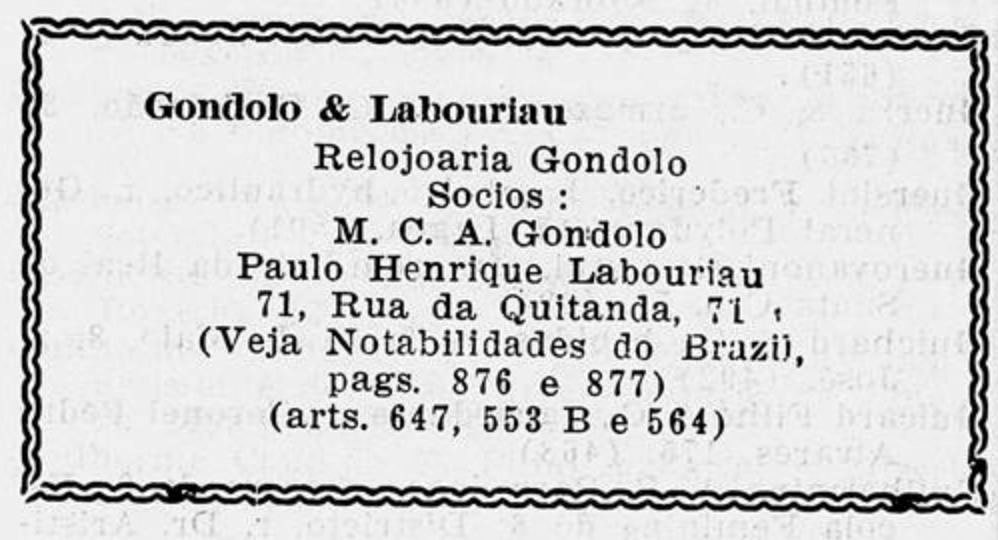
Business is business
We have already praised the Geneva maison’s ability to understand how the American continent could become a business eldorado, but let’s go further guys and discover together the clever marketing moves used to grab a market hitherto unknown to many.
Let’s start with stating that the collaboration with Gondolo & Labouriau takes off easily.
While Europe was divided between wars and various declarations of independence, the jewelry store in Rua da Quitanda is certainly one of the best showcases for displaying the maison’s products.
Well established boutique, inserted in an important metropolitan context and central location, are all factors that contribute to the success of the project.
However, anyone of you with even the slightest experience in marketing strategies can teach me that these conditions are not synonymous with guaranteed success.
And it is precisely here, guys, that the X Factor of the two Brazilian jewelers enters the field. Fully understanding the very high quality of the product they are holding, they limit themselves to doing only one thing, the most important: to make it desired and accessible.
Gondolo’s Gang
Have you ever been part of a group?
I mean one of those clubs that when we were kids were created with certain goals that could range from exploration to sport, to books and so on. And for those who have been part of it, what is the main feature that distinguishes them?
I undoubtedly say the uniqueness and us feeling proud to be part of something exclusive, recognizable, recognized and above all limited to a trusted group of people.
Gondolo and Laboriau, taking full advantage of this “exclusivity” factor deriving from wearing the prestigious Swiss watches on the wrist, devised a brilliant marketing plan, giving life to what we all recognize today as the very first watch collectors club, the Gondolo Gang.
The notoriety of the clubs is very high right from the start. Being a member of the club at the beginning of the twentieth century becomes the maximum expression of being “on top of the hill” within Brazilian society, a true synonym of economic success and well-being.
And in your opinion what could be the first rule of the club if not to own a Chronometro Gondolo?
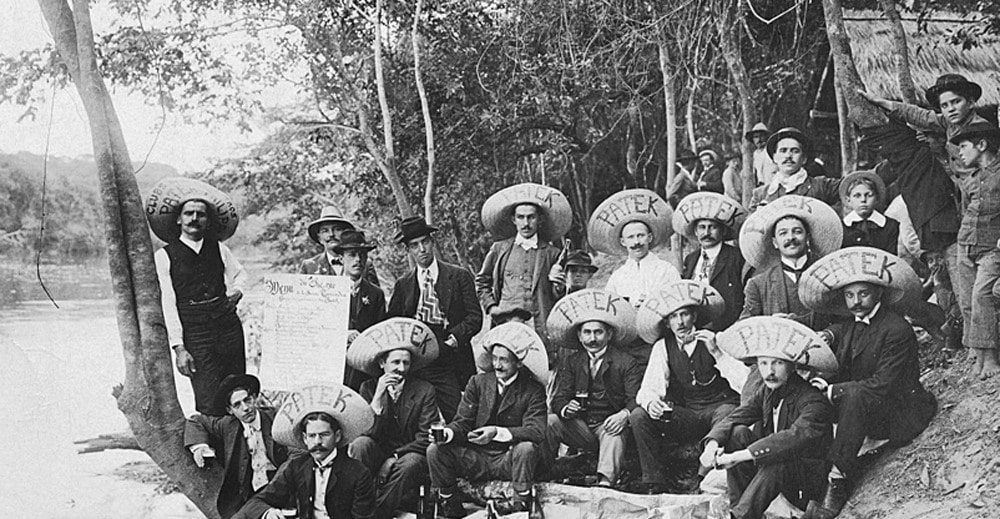
But let’s take a step back guys and I will try to better explain the true nature of these associations.
Although the watches of the Geneva-based maison were very popular, the ingenious plan of Gondolo & Labouriau is not yet complete.
What is still missing is that strategically important ingredient that would make all Patek’s timepieces seem more accessible, while allowing them to attract even more audiences.
The perfect recipe is identified in a brand new sales strategy. On the retail price of the timepiece, equal to 790 Swiss francs, which more or less corresponded to the annual salary of a skilled worker at that time, Gondolo & Laboriau offered a form of installment payment equal to 10 francs a week for a maximum period of 79 weeks.
In parallel with this system, customers were offered access to an exclusive club of 180 members who managed the Plano do Club Patek Philippe System.
Thanks to their private association statute, clubs of this type were a legal means of circumventing the Brazilian ban on gambling in force in those years. To tell the truth it was a real lottery, with 79 draws per week that allowed members to win a Chronometro Gondolo every time.
Whoever won received the watch for free, the next 78 in the ranking paid it from 10 to 780 francs, while the remaining 101 paid it in full. It’s a real boom. The marketing strategies promoted by Gondolo & Laboriau lead in a short time to spectacular results, everyone talks about them and everyone wants them.
The success curve has an exponential growth, so much so that in the period of collaboration, about one third of the entire Patek Philippe production of those years is sold by Gondolo & Labouriau.
To make you understand the extent of the phenomenon, kids, in the common Brazilian jargon the name “Patek” sometimes replaces the word “watch” regardless of the brand … let’s go and find out the rest together …
The Swiss – Carioca axis
Getting into the details, among the hundreds of timepieces made for the Brazilian clubs in the first thirty years of the twentieth century, it is possible to appreciate the common thread that distinguishes the production and design of the entire collection.
Starting from 1902 until 1927, when the Brazilian Swiss axis was closed, the line of products sold was extensive: initially the collection consisted exclusively of pocket watches, to which the first wristwatches were added in the 1920s.
For the latter it is fun to note the abundant dimensions of the cases, expressly requested by some buyers for the sole purpose of being noticed.
But enough chat friends of IWS, let’s discover together the main features of this wonderful series.
As previously mentioned, the Chronometro Gondolo pocket watches produced in the early 1900s were distinguished by their sobriety and their essential character: hours, minutes and seconds, nothing more.
To be honest, sometimes, depending on the customizations requested by customers, they could be equipped with a 24-hour dial or with specific chronograph functions.
The passes to become an official “Chronometer Gondolo” were two and non-negotiable: the first is that the movement was built on the basis of a design patented by the good Monsieur Philippe at the beginning of 1891 in the States, and the second is that the movement gears were made of 9-karat gold.
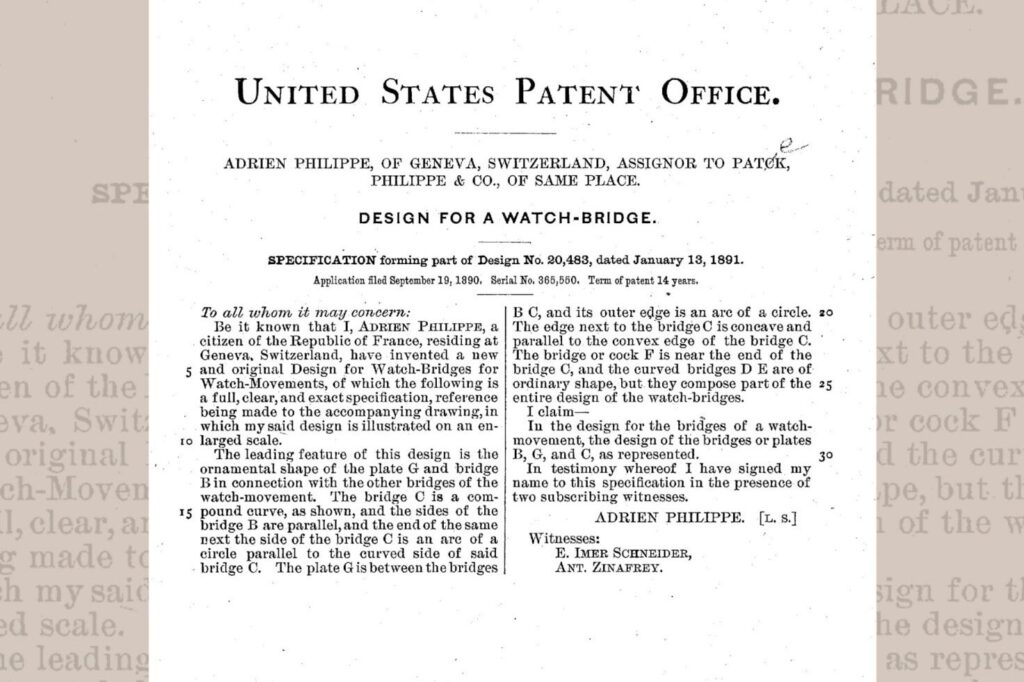
If pocket watches were characterized by sobriety and elegance, the same cannot be said for their wrist cousins, which since 1920 have taken the limelight thanks to their exuberant character.
These are the 20’s friends, years of effervescent creativity, years in which cafes and theaters become the true cultural centers of the cities, these are the years of Jazz gentlemen…
And it is precisely within the Jazz Age that the creativity of the Gondolo wristwatch reaches new heights.
Square cases, round cases, rectangular cases, tonneau or coussin cases become a must of Patek’s production of those years, that establishes the watchmaker as the most famous maison in all of South America.
The saudade
The Gondolo collection that lives on today is certainly the result of study, ideas and strategy.
Yet, it will be for its romantic note, for its ancient flavor, but I like to think that someone at Patek, taken by the same saudade that hits Brazilian players in Europe during Carnival, strongly wanted his comeback.
There is a lot of the past in the modern line of the new Gondolo. A striking example is the reference 7099G/R which reinterprets its aesthetics in a luxurious and contemporary spirit.
In fact, the timepiece is a more than worthy great-grandson of the yellow gold model with tonneau case from 1921 that you can admire in all its elegance in the image on the left.
What about the shapely curvy lines of the coussin case recalled in references 7041 and 7042? For the realization of these wonderful objects, the experts at Patek Philippe clearly let themselves be kidnapped without resisting by the sirens of the past, inspired by the reference 176 209 of 1923.
Conclusioni
What can I say, guys?
After having made an extraordinary journey into one of the most singular stories of all haute horology, relived the enterprising and adventurous spirit of the first decades of the twentieth century, it is time to take stock, trying to better understand the teaching that this incredible story leaves us.
Personally, I find the ability shown by both Patek Philippe and two Brazilian partners Carlos Gondolo and Paulo Labouriau to do business as superb as it is visionary.
Finding the essence of success is not easy, if it were we would all be Jeff Bezos walking around the stratosphere, but unfortunately (or fortunately) this is not the case.
The synthesis of success certainly lives through hard work, commitment and continuous training, but at the base of it all, there are the ideas, the ones that work, the brilliant ones.
And it is thanks to brilliant ideas like these that Patek Philippe completely broke the South American market in a time where most people sold at most a couple of blocks from home…
And from now on, if any of you ever think of playing “Find the Nation”, remember that Brazil retains an important place in the unpredictable and extraordinary world of watchmaking.
To learn more check out the official Patek Philippe‘s official website.
Author: Jacopo Invernizzi
Translated by: Enrico Della Guerra

